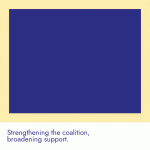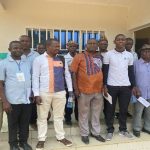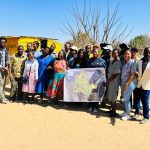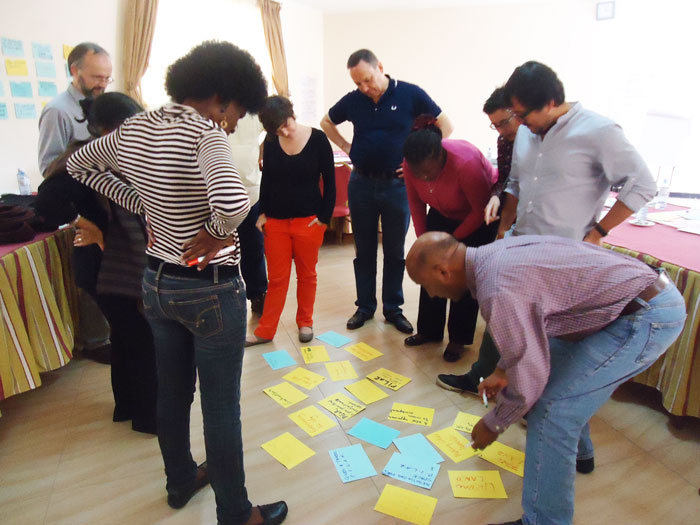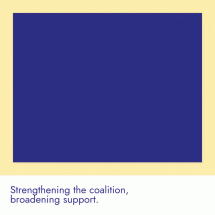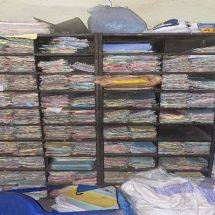A group of experts from the GLTN/UN-Habitat and other top notch experts and thinkers in the field of land readjustment from different parts of the world gathered at Elementaita, Kenya for five days, from 24 to 28 November 2014, to write a simple, easy to read book on participatory inclusive land readjustment (PILaR). PILaR borrows from the conventional land readjustment, which is one way of converting open fields or impoverished slums into a liveable urban neighbourhood. It involves taking an area of land belonging to many owners through an inclusive and negotiated process, combining it into a single unit, for unified planning, reparceling and development. The latter includes the development of infrastructure, provision of public space and other urban amenities.
The conventional land readjustment approach has been used in many countries, including Germany, Japan and South Korea, and is increasingly being used in developing countries. How can tried-and-tested approaches be adapted to ensure that the poor benefit? The answer is to make sure that the process participatory and inclusive.
Participatory means that not only land owners, but also other stakeholders like renters, occupiers, etc are informed about and involved in the decision-making process. Their views and interests should be taken into account while winning their trust, support, acceptance and ownership of the process. Likewise, it has to produce outcomes that are inclusive which essentially means the project produces neighbourhoods that bring together different income and social groups and discourages segregated neighbourhoods and gated communities. It also means all stakeholders in a project share both the costs and benefits of the project in a fair and equitable manner.
The experts who came together for the five days used the writeshop approach to produce a near complete manuscript, which will eventually be published as a PILaR Manual or Source Book.
During the sessions, the experts wrote, made presentations, critiqued, reviewed and revised manuscripts on land and property issues, legal framework necessary for PILaR, planning and design, finance, governance and participation, and communication. Others chapters were on collecting and analyzing data, community participation, monitoring and evaluation, and cross-cutting issues such as human rights, gender mainstreaming, youth responsiveness and environmental impact assessment.
The writeshop, which was intensive and at the same time participatory, was facilitated by experts (including writeshop facilitators and editors) from the GLTN partner, International Institute of Rural Reconstruction (IIRR).


